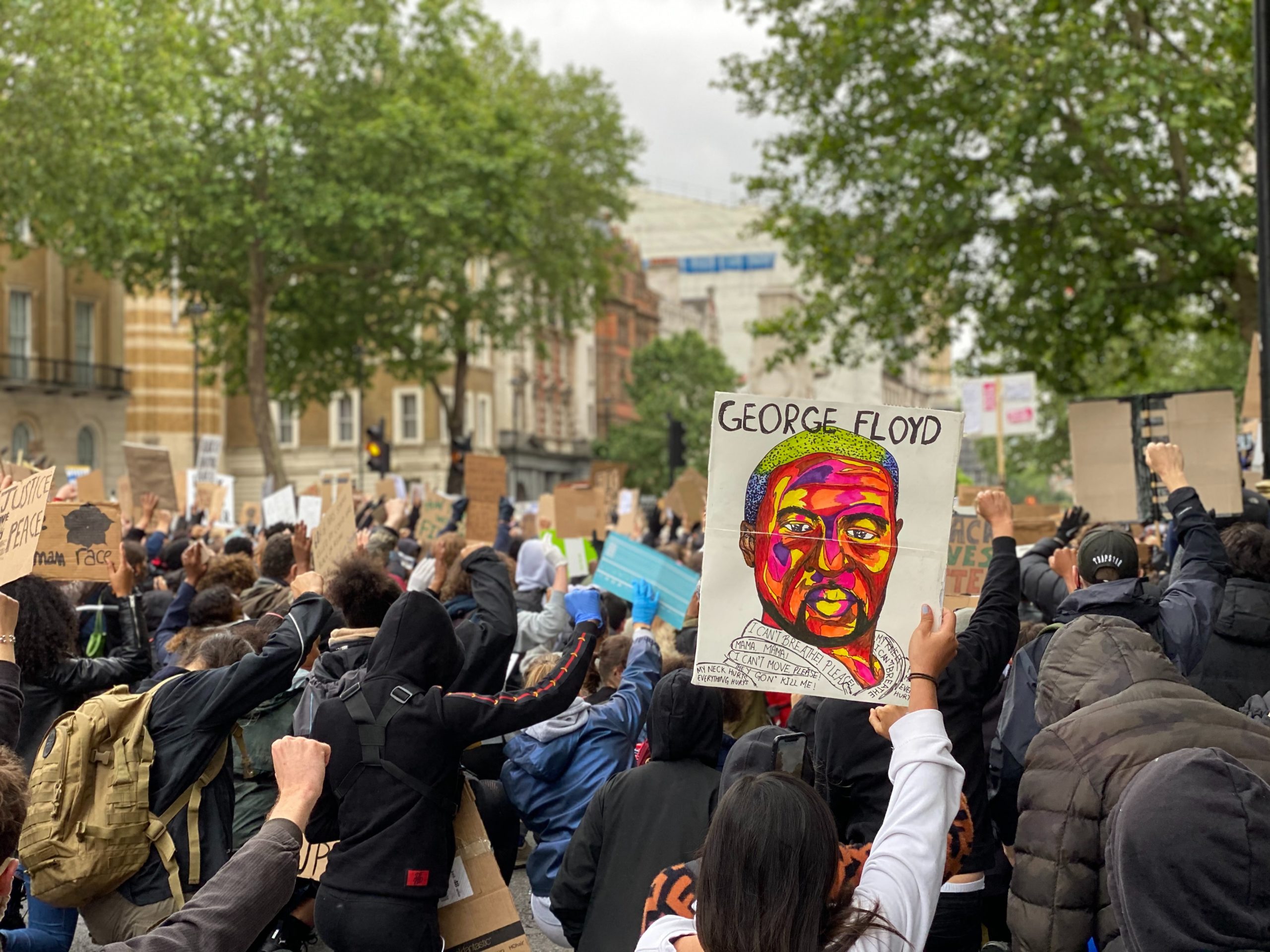“If you are neutral in situations of injustice, you have chosen the side of the oppressor.” – Desmond Tutu
If you’ve turned on the television or logged into social media in the past days, weeks, or months, it may seem to you like every platform is inundated with news of racial inequality, discrimination, and death.
We see civil unrest, fires starting, police officers and military units armed to the teeth, protesters flooding the streets. Signs and chanting. Anger and tears.
Racism is nothing new. It invades every aspect of our daily lives; our homes, our streets, our media, our workplaces. It’s there, sometimes loud and blatant. But mostly, and perhaps most insidiously, it’s quiet and subtle. It’s systemic, and just because we can’t all see it, doesn’t mean it’s not there.
“But I’m Not Racist…”
Many of us would reject the notion that we are racist. It’s a nasty word to hear, and it conjures mental images of furious, red-faced bigots spewing slurs. And while those people are indeed racists, they are just the most extreme examples on a sliding scale of racial discrimination.
Eminent race scholar and historian Ibram X Kendi sums it up perfectly when he says, “there is only racist or anti-racist.”
You might be shocked by such a statement. The accusation stings. It cuts us to the core because that’s not how we perceive ourselves. Many of us, when confronted with the idea that we might be racist, are quick to issue a defensive statement, “Well, I’m not racist!”
In response, Kendi asks, “what does not-racist look like?” According to him, there is only racist, which runs the gamut of overtly discriminatory acts to passivity in the face of injustice. To be anti-racist is to be actively pursuing justice and unlearning racist thought processes and behaviors.
Having the Conversation
So, with everything that we are seeing and hearing these days about racial injustice, what can we do to become less racist? We are told that silence is complicity, and so we speak up. We choose to raise our voices against discrimination when we see and hear it. But what about the discrimination that we don’t see or hear? How can we address and manage bias when we’re not even aware of it?
The truth is, we can’t. The heart of anti-racism activism is checking ourselves before we check others. The reason we may shy away from this is that it’s profoundly uncomfortable and even painful. But if we want to be anti-racist, we have to look within ourselves to see where our unconscious bias lies. Everyone has it. It’s ingrained in our psyches, and we don’t want to believe it’s our fault. But it is our responsibility.
Doing the Work
It’s critical to have conversations with our peers about racism, both inside and outside our workplaces.
Assess your knowledge and be critical of where it came from. Acknowledge pre-judgments, whether conscious or unconscious. If you pretend they don’t exist, you can’t begin to unpack them. Be wary of your blind spots. Recognize that racism works in ways that are sometimes invisible to the eye.
And remember that while becoming anti-racist may be deeply uncomfortable, the alternative is much worse. No one is perfect, but it’s the journey to become better that matters.






